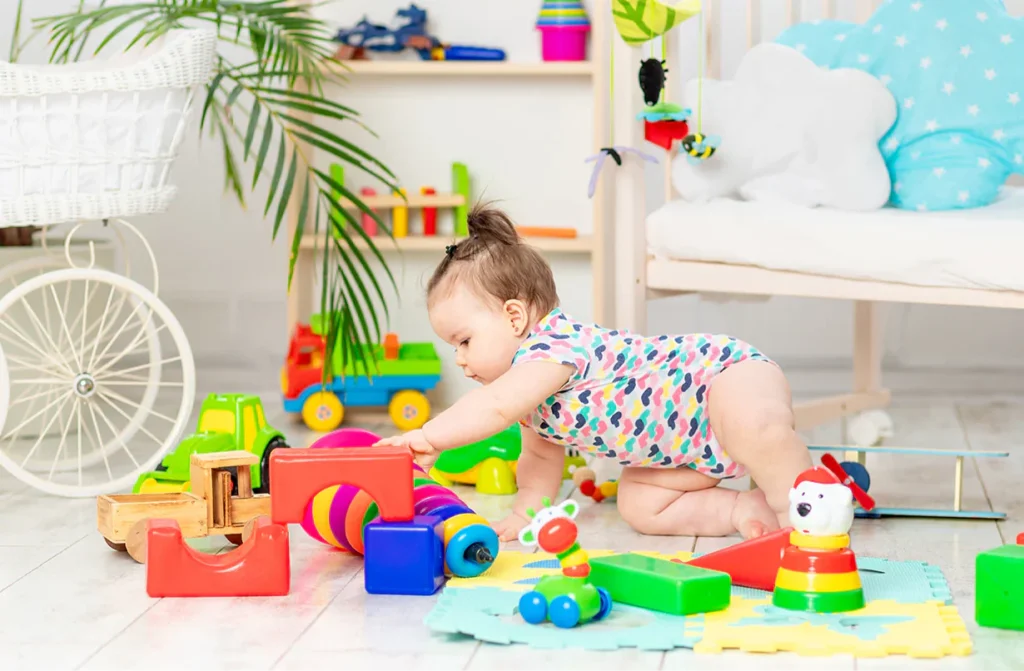
How Do Toys Impact a Child’s Growth
How Do Toys Impact a Child’s Growth?
Toys are far more than just tools of play; they are powerful catalysts in a child’s development. From the earliest stages of infancy to school-age years, toys play a fundamental role in shaping various aspects of growth—including cognitive, physical, emotional, and social development.
Cognitive Development
Toys stimulate critical thinking, problem-solving, and creativity. Puzzles, building blocks, and interactive games challenge children to recognize patterns, plan, and make decisions. Educational toys that include numbers, letters, or cause-and-effect elements enhance early learning and lay a foundation for academic success.
Physical Development
Active play with toys like balls, ride-ons, and stacking toys helps develop motor skills. Fine motor coordination improves as children grasp, manipulate, and fit objects together, while gross motor skills are honed through running, jumping, and climbing.
Emotional Growth
Toys allow children to express themselves and process emotions. Dolls, action figures, and stuffed animals often become tools for role-playing, which can help kids understand and navigate complex feelings. Through imaginative play, children build confidence and emotional intelligence.
Social Skills
Playing with others using toys teaches children important interpersonal skills like sharing, cooperation, and communication. Group games and pretend play foster empathy and teamwork, preparing them for real-world interactions.
The Right Toys at the Right Age
Choosing age-appropriate toys is crucial. Infants benefit from sensory-rich items, toddlers thrive with toys that support mobility and coordination, while older children need more complex tools that challenge their reasoning and creativity.
Final Thoughts
Toys are more than entertainment; they are developmental tools that help children explore the world and understand themselves. By providing diverse, safe, and engaging toys, parents and caregivers can support a child’s holistic growth and lay the groundwork for lifelong learning and well-being.
